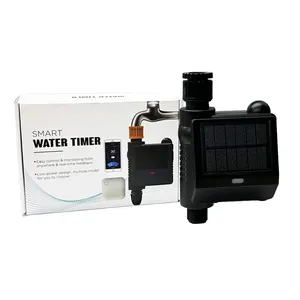
Le contrôleur d'arrosage intelligent 1 zone intérieur/extérieur à énergie solaire iOS/Android App nécessite une minuterie d'eau intelligente alimentée par batterie Gateway

Contrôleur de carte PCB électrique de haute qualité pour purificateur d'eau à osmose inverse pour la pré-filtration domestique


Offre Spéciale robinet filtre robinet purificateur d'eau maison cuisine filtre à charbon actif robinet filtre à eau purificateur

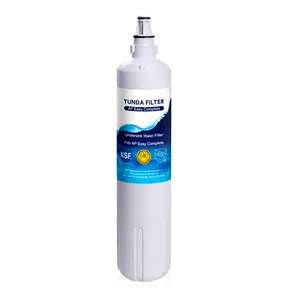
AP Facile C-Complète Filtres à Eau Sous Évier Système Compatible avec Insinkerator F-1000 F-1000S F-2000S SubZero 4204490 4290510

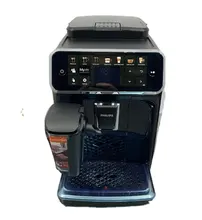
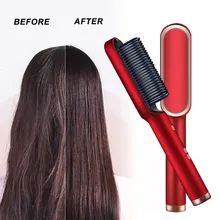
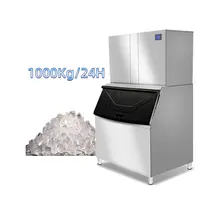
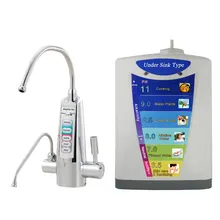
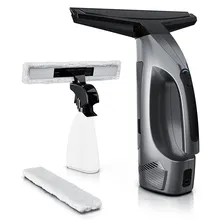
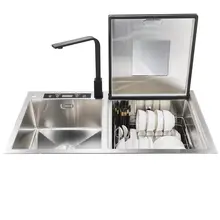

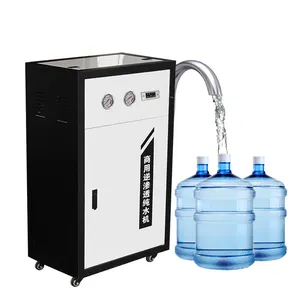





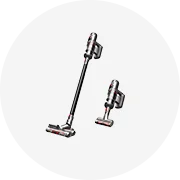


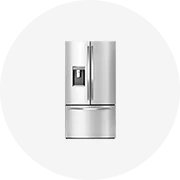
















 浙公网安备 33010002000092号
浙公网安备 33010002000092号 浙B2-20120091-4
浙B2-20120091-4